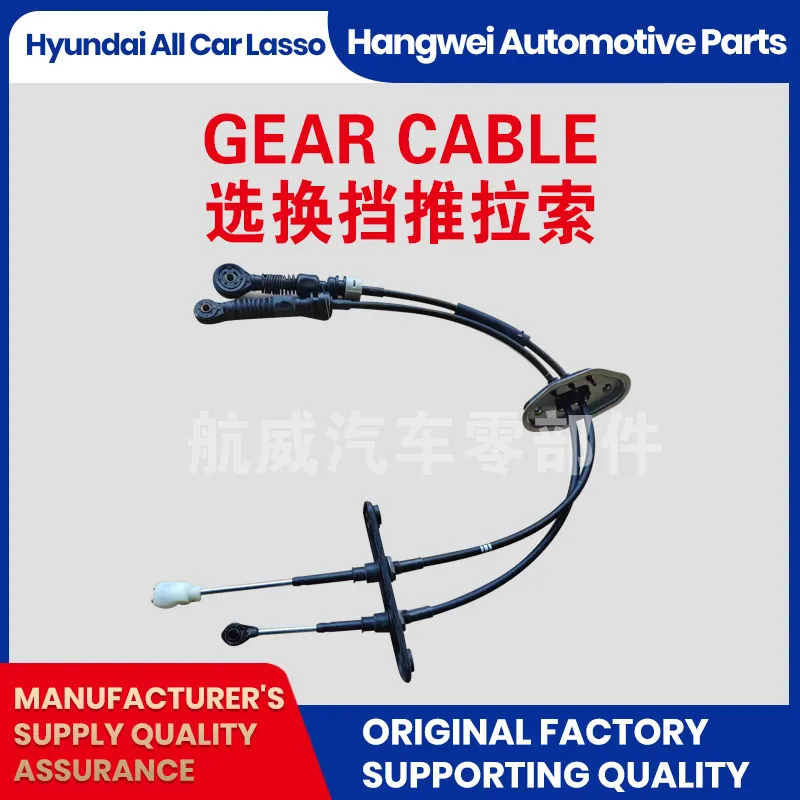Choosing the Right Gear Cable Outer Casing for Your Bicycle Maintenance Needs
Understanding Gear Cable Outer Casings A Comprehensive Guide
In the world of cycling, precision and performance are paramount, especially when it comes to shifting gears. A crucial component that often goes overlooked is the gear cable outer casing. This seemingly inconspicuous part plays a vital role in ensuring that gear changes are smooth, reliable, and efficient.
What is Gear Cable Outer Casing?
The gear cable outer casing is the protective housing through which the gear cable runs. It serves several essential functions, primarily protecting the inner cable from external elements and providing a pathway for the cable to move freely. The quality and condition of the outer casing can significantly impact the performance of a bike’s gearing system.
Materials Used in Gear Cable Outer Casings
Gear cable outer casings are typically made of materials that offer both durability and flexibility. Common materials include plastic, nylon, and occasionally metal. The choice of material affects factors such as weight, resistance to wear and tear, and overall flexibility.
1. Plastic Casings These are lightweight and common in many bicycles. Their flexibility allows them to bend around corners without kinking, which is vital for maintaining smooth operation.
2. Nylon Casings Known for their sturdiness, nylon casings resist abrasion well and can withstand harsher conditions compared to plastic ones. They are often found on mountain bikes or touring bikes that may be exposed to rough terrains.
3. Metal Casings While less common, these casings provide an added layer of protection and are often used in high-performance settings where durability is non-negotiable.
Importance of Maintenance
gear cable outer casing

The outer casing requires regular maintenance to ensure optimal performance. Over time, dirt, moisture, and grime can accumulate, leading to stiffness and reduced flexibility. This can impede the movement of the inner cable, resulting in sluggish or inaccurate gear shifts.
To maintain the outer casing, cyclists should periodically clean it and check for any signs of wear, such as cracks or fraying. If any damage is discovered, it's crucial to replace the casing promptly to avoid further complications in the gearing system.
Length and Sizing Considerations
When choosing a gear cable outer casing, size matters. A properly sized casing ensures that the inner cable can move freely without unnecessary friction. Casings that are too long can lead to excess slack, while those that are too short may create tension, leading to rapid wear or even breakage.
Most manufacturers provide guidelines for the appropriate length of outer casings based on the specific bicycle model. It's advisable to adhere to these recommendations, particularly if you're new to bike maintenance.
Performance Enhancements
Upgrading to a high-quality outer casing can lead to noticeable improvements in gear shifting performance. Some casings are designed with special features such as low-friction liners that can reduce resistance as the cable moves. This means smoother and more responsive gear changes, which can enhance your overall riding experience, especially during competitive events or challenging trails.
Conclusion
The gear cable outer casing may not be the star of the cycling show, but its significance cannot be overstated. It shields the inner cable, facilitates smooth gear shifts, and contributes to the overall performance of a bicycle. Regular maintenance and attention to the condition of the casing can lead to improved shifting efficiency and a longer lifespan for your bike's gearing system.
Whether you’re a casual cyclist or a dedicated racer, understanding the role of the gear cable outer casing is essential. By investing time in its care and considering quality upgrades, you can enhance your cycling experience and ensure that every gear change counts. As with all components of a bicycle, attention to detail in maintaining the gear cable outer casing will pay dividends in performance and reliability on the road or trail.
-
Workings of Clutch Pipe and Hose SystemsNewsJun.04,2025
-
The Inner Workings of Hand Brake Cable SystemsNewsJun.04,2025
-
The Secrets of Throttle and Accelerator CablesNewsJun.04,2025
-
The Hidden Lifeline of Your Transmission Gear Shift CablesNewsJun.04,2025
-
Demystifying Gear Cables and Shift LinkagesNewsJun.04,2025
-
Decoding Clutch Line Systems A Comprehensive GuideNewsJun.04,2025
